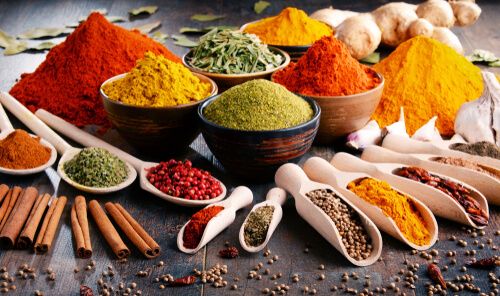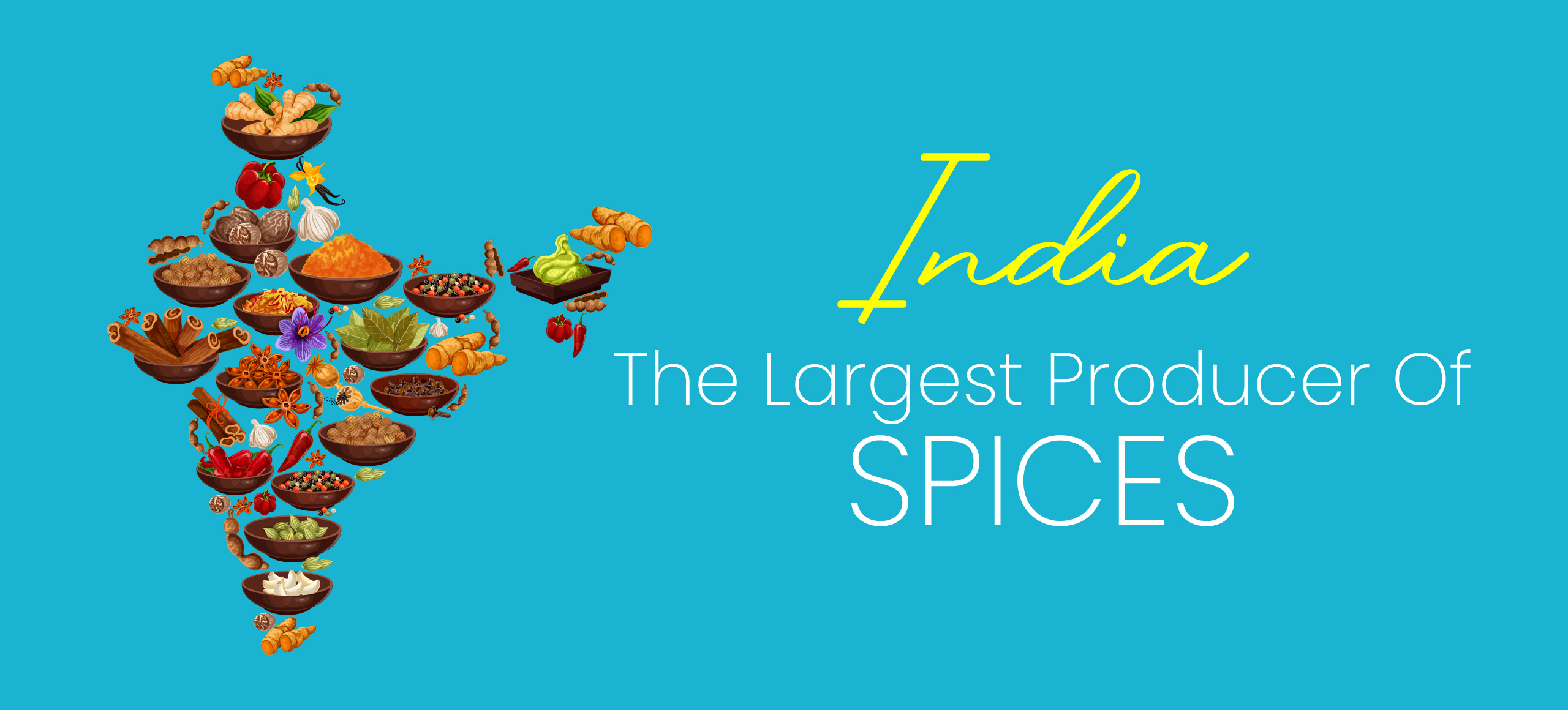Blog
Which country is No 1 in spices production?

India: The Spice Capital of the World
When it comes to spice production, India reigns supreme. This South Asian nation is widely regarded as the world’s largest producer and exporter of spices, earning its well-deserved reputation as the “Spice Capital of the World.” Here’s why India holds this coveted position:
- Diverse Spice Cultivation: India’s vast and varied climatic conditions allow for the cultivation of a wide array of spices. From the fiery heat of chili peppers in Andhra Pradesh to the fragrant cardamom in Kerala’s cool hills, India boasts an astonishing diversity of spice varieties.
- Top Spice Producers: India leads the world in the production of several key spices, including black pepper, cardamom, turmeric, and cumin. It’s also a significant producer of spices like chili, coriander, and fenugreek.
- Traditional Farming Practices: India’s spice production is deeply rooted in traditional farming practices, passed down through generations. These time-tested methods ensure the authenticity and quality of Indian spices.
- Export Dominance: Indian spices are highly sought after globally for their quality and affordability. India exports spices to more than 150 countries, accounting for a substantial portion of the world’s spice trade.
- Culinary Significance: Spices are an integral part of Indian cuisine, where they are used for flavor, aroma, and medicinal purposes. The country’s rich culinary heritage has further propelled the demand for spices.
- Government Support: The Indian government has taken significant steps to promote and support the spice industry. Initiatives like the Spices Board of India and various agricultural programs have contributed to the growth of spice production.
- Cultural Significance: Spices hold cultural and religious significance in India. They are used in various rituals and ceremonies, adding to their importance in the country’s heritage.
Challenges and Future Prospects
While India’s dominance in spice production is clear, it also faces challenges such as climate change, pest infestations, and fluctuating market prices. Despite these challenges, India’s commitment to sustainable farming practices and technological advancements bodes well for the future of spice production in the country.
India’s rich history, diverse climate, and centuries-old tradition of spice cultivation have firmly established it as the world’s No. 1 producer of spices. With its exceptional range of flavors, aromas, and culinary traditions, India’s contribution to the global spice trade is undeniable. As the Spice Capital of the World, India continues to tantalize taste buds worldwide with its aromatic and flavorful bounty of spices.
While India is undoubtedly the leader in spice production, it’s worth noting that several other countries also play significant roles in the global spice trade. Here are some additional insights into spice production around the world:
1. China: The Runner-Up
China is one of the world’s largest spice producers and often ranks second after India. It excels in producing spices such as ginger, garlic, and star anise. Chinese cuisine heavily relies on these spices, and they are also exported to international markets.
2. Vietnam: A Rising Star
Vietnam has emerged as a prominent spice producer, particularly for black and white pepper. It is known for its high-quality pepper production and is among the top pepper-exporting countries globally.
3. Indonesia: A Hub for Nutmeg and Cloves
Indonesia is a major producer of spices like nutmeg and cloves, which are highly sought after for their unique flavors. The country’s tropical climate is conducive to spice cultivation.
4. Sri Lanka: The Land of Cinnamon
Sri Lanka is renowned for its production of Ceylon cinnamon, considered one of the finest cinnamon varieties in the world. The country also produces other spices like cloves, cardamom, and black pepper.
5. Bangladesh: Rich in Spice Diversity
Bangladesh is a significant producer of spices such as ginger, garlic, and turmeric. The country’s cuisine heavily relies on these spices, and they are also exported to neighboring regions.
6. Ethiopia: The Home of Unique Flavors
Ethiopia is known for producing unique spices like black cumin and Ethiopian cardamom. These spices are valued for their distinctive flavors and are used in local dishes.
7. Other Notable Spice Producers
Countries like Thailand, Mexico, Brazil, and Malaysia also contribute significantly to the global spice trade, producing a range of spices from chili peppers to tropical spices like lemongrass and galangal.
While India leads the world in spice production, these countries, among others, make substantial contributions to the diverse and vibrant global spice market. The trade in spices continues to thrive as people worldwide embrace the rich and varied flavors they offer, making spices an essential component of culinary traditions across the globe.



